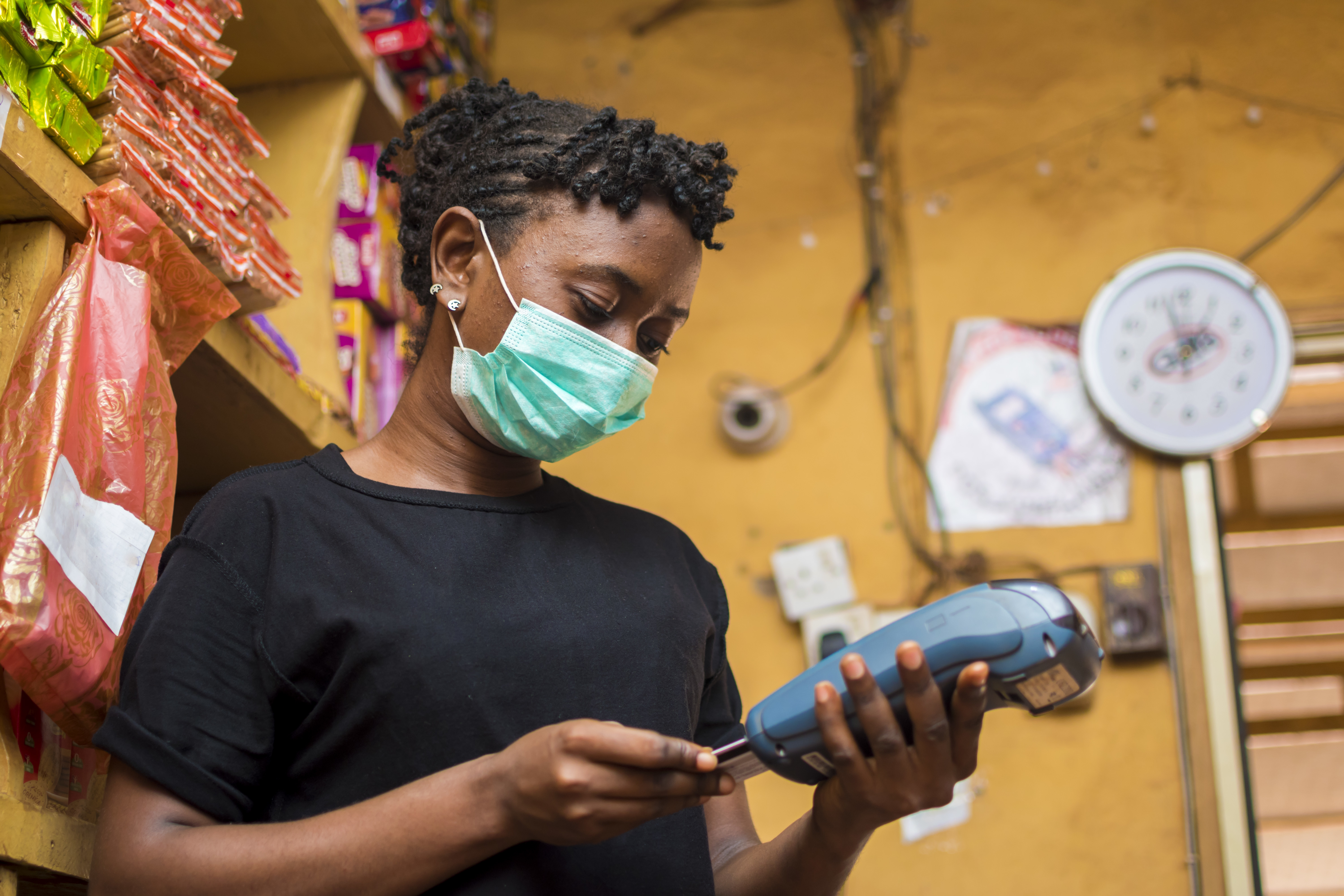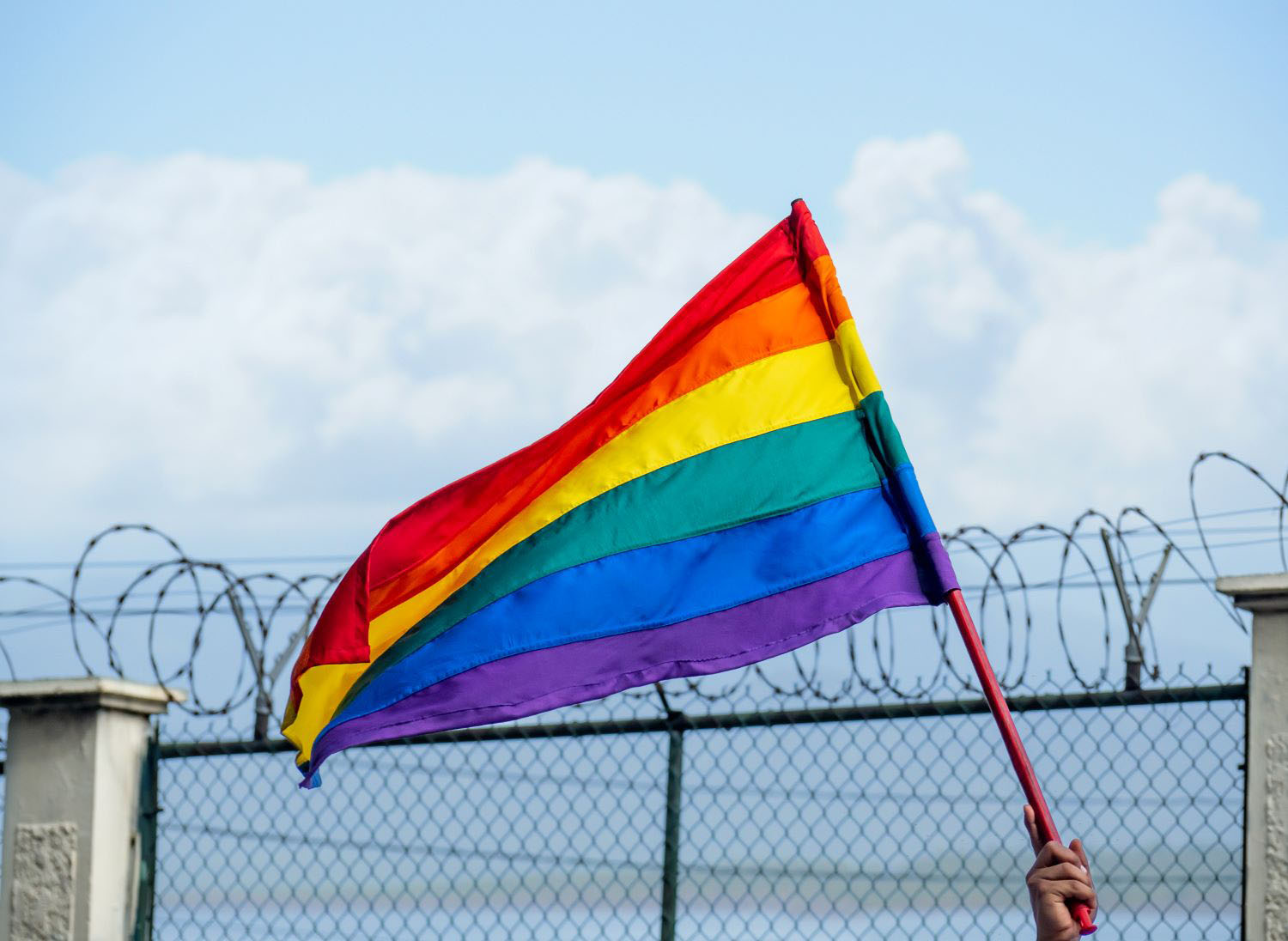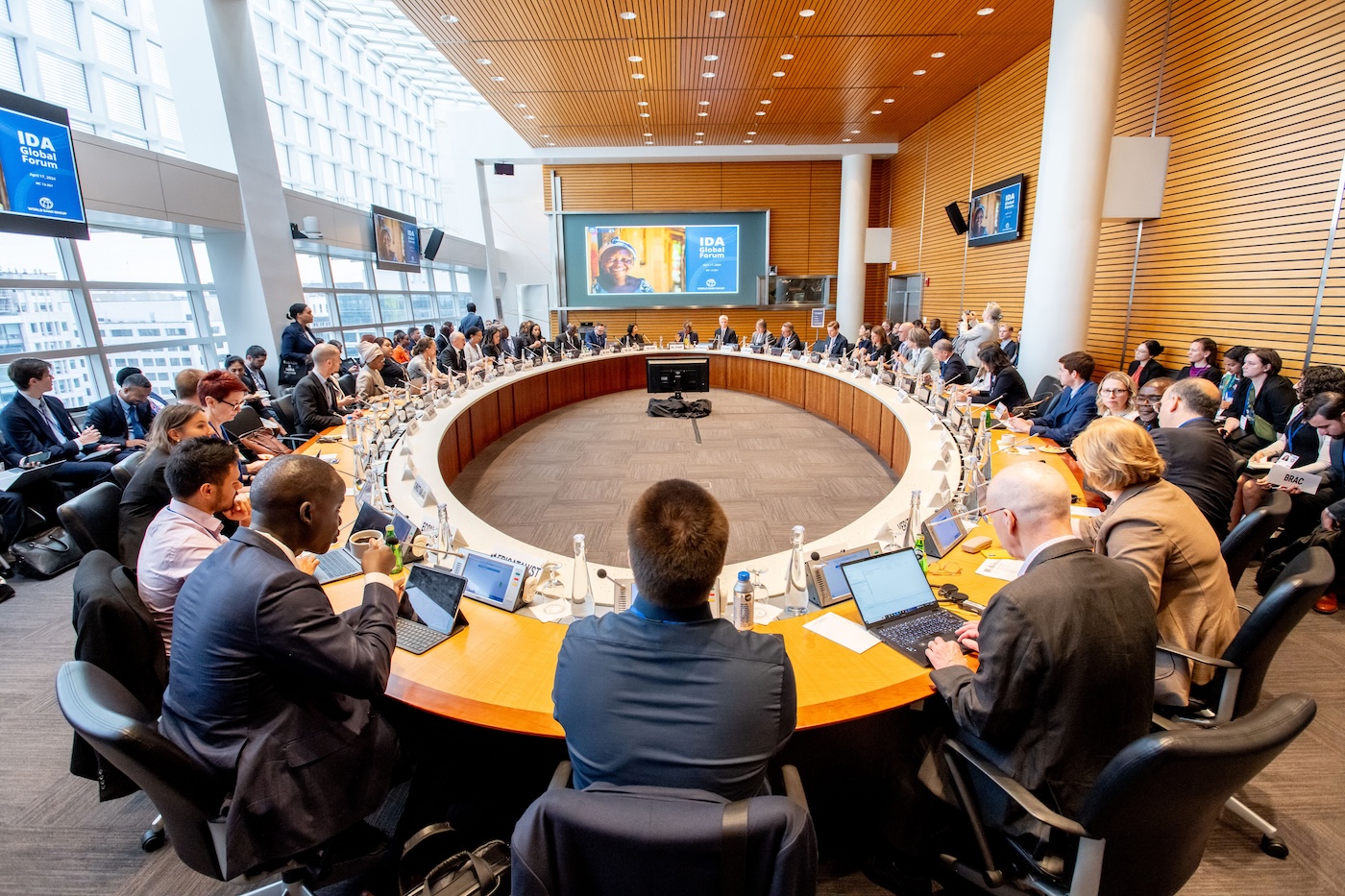Recommended

Event
As COVID-19 continues to ravage lives across the world, it is becoming more apparent each day that the impacts are not equal across different populations. In a webcast event hosted by CGD, Megan O’Donnell spoke with researchers, practitioners, and advocates to highlight and contextualize data on how this global crisis presents specific gendered risks, and how, in turn, a gender-sensitive response can help us tackle new and worsening inequalities. In case you missed the event, I summarize the key takeaways below. You can also watch the full recorded discussion here.
Gender is one of many factors that can make someone more vulnerable to this virus—directly and indirectly. These gendered vulnerabilities get exacerbated by race, age, income-level, geography, migrant status, and more. Unfortunately, as the crisis continues to evolve, data is only slowly emerging to capture these inequalities, like the heightened risk to black and Latino men in the United States. The full impact of the crisis across different communities will only be seen when, and if, data becomes available in the future.
In the meantime, however, experts and advocates can draw on the sex-disaggregated data available for COVID-19 cases, as well as the known impacts of past pandemics, to infer what the main risks are for all genders in this moment. Drawing on past examples can also help us gain an understanding of what gendered issues will surface over the short, medium, and long term following the crisis.
Experts invited to discuss this with CGD presented what those in the field know and suspect about COVID-19 in the areas of health, violence against women, care burdens, and economic impact. Here’s a snapshot of what each speaker shared:
Men are dying from COVID-19 at a higher rate than women
The most easily recognizable and verifiably gendered impact of the virus is of course the differentiated rate of infection and fatality between men and women. Across contexts, it seems men are contracting and dying from COVID-19 at higher rates than women. In Italy, men comprised 58 percent of confirmed cases and 70 percent of confirmed deaths. Spain showed similar patterns, with men comprising 59 percent of hospitalizations and 65 percent of deaths. In China, the death rate for men was nearly double that of women. Gary Barker, president and CEO of Promundo, explained why this may be the case:
We don’t know how much of [men’s higher fatality rates] is social, and how much of that is biological, but what we do know and need to affirm is that it is always both and it is typically interacting.
Among the leading social factors affecting men’s health overall are nutrition, smoking, and alcohol consumption. For example, in China, 50 percent of men smoke compared to 2 percent of women; in Italy, those numbers are 28 and 19, respectively. Barker highlighted that men are less likely to seek help for health issues, return for follow up, or adhere to hygiene and hand-washing recommendations. Many of these risk factors are directly linked to ideas of masculinity that discourage help-seeking and self-care, ideas which are contributing to the higher death rate for men globally due to COVID-19 and a myriad of other health problems.
Barker also surfaced the intersectional and relational aspects of men’s heightened risk of infection and mortality: that not all men are affected equally and that an infected man likely also means an affected household. When men become sick, women are called upon to shoulder additional burdens of home health care, a larger share of childcare, and work for pay. This increases her time burden during a crisis that has already stretched women’s time very thin.
To address the root cause of the disproportionate risk of the virus to men, we need to have more frank discussions about how prevailing notions of masculinity limit men’s ability to give and receive care and to express themselves. With more fathers home now than ever, Barker suggests this is a great time to start these conversations with sons.
Pregnant women are systematically excluded from vaccine trials. This must change with COVID-19.
Including women in clinical trials for vaccines and more broadly has been a long and uphill battle, since men were assumed to be “neutral” test subjects. One group in particular remains excluded: pregnant women.
“To this day, we have not yet had a single vaccine that has been licensed with specific indication for use in pregnancy,” said CGD policy fellow Carleigh Krubiner during the discussion. Between 2000 and 2010, 97 percent of drugs, vaccines, and biologics approved by the US Food and Drug Administration came to market with an undetermined risk to pregnant women. Krubiner explained that pregnant women were systematically excluded from Ebola vaccine trials. But excluding pregnant women from clinical trials means excluding a significant percentage of the population—a group that may be more vulnerable to disease. Without researching the impacts on pregnant women, policymakers do not have complete information to influence the rollout of interventions or to provide guidance for the public.
For this and future outbreaks, Krubiner highlighted that the sooner we start to integrate pregnant women into vaccine trials the better. PREVENT offers guidance on how to ethically include pregnant women in such studies. As the science shifts to more platform-based vaccines, where you can simply swap out the antigen, pregnant women can be excluded from a whole host of future vaccines as well as those currently in development. As Krubiner explained:
The idea is to avoid repeating the mistakes we’ve made in the past, and instead move from this vicious cycle of exclusion to a presumption of inclusion where we appropriately and ethically include pregnant women in the research we are conducting at much earlier stages based on an appropriate risk-benefit analysis.
COVID-19 could increase risk of violence
As highlighted in a recent CGD working paper, if evidence from past pandemics is any indication, the risk of violence against women and children is likely to increase as a result of COVID-19. Already, Spain has seen an 18 percent increase in calls to the domestic violence hotline, and police in France are reporting a 30 percent increase in domestic violence nationwide. There are several different pathways linking pandemics to increased violence: some of the most important in this moment are increased economic insecurity, quarantine and social isolation, and exposure to exploitative relationships as a result of changing demographics. These are all indirect effects of the virus that are likely to last much longer than the pandemic itself.
To respond to this increased threat of violence, Amber Peterman, associate research professor at UNC Chapel Hill, recommended, “expanding and reinforcing economic social safety nets, expanding shelter and safe temporary housing for survivors, and encouraging informal or virtual social support networks.”
Speaking specifically about the ongoing lockdown in several states in Nigeria, Olabukunola Williams, executive director of Education as a Vaccine, highlighted the importance of keeping gender-based violence services accessible during this time by making sure they are classified as “essential services.” But as she explained, this is only a partial solution:
Even if you push for it to be an essential service, the question then becomes if the gender desk in the police unit, if a shelter is open, how do we protect those who are providing services?
Responding to gender-based violence has always required careful planning and thought, and during this pandemic it will require creativity to deliver necessary services to those with greatest risk.
The gendered economic impacts of COVID-19 will outlive the pandemic itself
This pandemic has already caused the global economy to spiral, and people and households to lose their livelihoods. Where economies are largely built on informal labor, social distancing measures may not be possible. The pandemic has forced many to choose between risking their lives or their livelihood.
Next in the discussion, Clare Wenham, a professor of global health policy at the London School of Economics, pointed out that women make up 70 percent of the global healthcare workforce, are heavily present in other at-risk occupations like domestic work, and make up a large part of the informal workforce worldwide. Their representation in these occupations affects both their risk of infection and their risk of losing their livelihoods as a result of this pandemic.
The pandemic has already led to further strains on women’s time. With children out of school and more family members staying home, the domestic burden has increased, and social norms dictate that women will be the ones to shoulder this increased workload.
This may be one of the most difficult challenges to tackle, as it entails shifting global gender norms on household dynamics. In the short term, though, there are things policy makers and practitioners can to do alleviate—or at least recognize—this increased burden.
Several speakers noted that policymakers should ensure that services are available for women to stay safe in the home (as noted above) and outside the home when it is necessary to work or shop. Making sure women and informal workers are consciously included in any sort of cash transfer or unemployment assistance scheme can significantly alleviate the financial burden of the outbreak and reduce the spread by ensuring more people are able to stay home from work. In the long term, creating a more gender-equal workforce across sectors will guard against any one group facing disproportionate risk of a pandemic (among other benefits). This virus has only created more incentive to accelerate efforts to build an economy that is equitable and allows all people to live and work with dignity and in safety.
We have the opportunity to rebuild systems in more inclusive ways
Crystal Simeoni, economic justice lead at FEMNET, remarked that this pandemic has shed light on the effects of neoliberal policies around the world that have reduced and/or privatized public services, which many women rely on to meet basic needs, and the needs of their families. Low- and middle-income countries already have constrained resources, and very little is available to respond to the pandemic, so the solutions of high-income countries can’t simply be replicated. Knowing that healthcare systems across much of sub-Saharan Africa are inadequate to cope with a large-scale outbreak, physical distancing measures are the best tool available. Leveraging existing social networks to respond to the virus, disseminate information, and coordinate isolation where possible, are some ways Simeoni suggests sub-Saharan Africa may be at an advantage.
While the pandemic has illuminated the failures in social safety nets, or complete lack thereof in many contexts, it can also provide a roadmap for building better systems in the future.
Simeoni asked, “Where can we begin to reignite a different kind of multilateralism, where we begin to look at things like healthcare as a global public good?” She recommends debt relief as a start, to allow countries to redirect their existing credit to respond to the COVID-19 threat rather than its intended purpose. In this crisis, Simeoni sees debt cancellation as a feminist “win” because it would prioritize and facilitate service provision and immediate relief efforts.
As the systems around us buckle during the crisis, we have the opportunity to advocate for and build new and better systems that are inclusive and prioritize those most vulnerable. As the speakers at the CGD event made clear, applying a gender lens will be essential to make inclusive systems a reality.
Interested in sharing resources and learning on the gendered impacts of COVID-19? Check out these resources:
- Gender and COVID-19 working group, contact Clare Wenham ([email protected])
- Operation 50/50, Women in Global Health
- Feminist Response to COVID-19, contact Mara Dolan ([email protected])
- Gender and Data Resources Related to COVID-19, Data2X
Disclaimer
CGD blog posts reflect the views of the authors, drawing on prior research and experience in their areas of expertise. CGD is a nonpartisan, independent organization and does not take institutional positions.
Image credit for social media/web: Nina Robinson/Getty Images/Images of Empowerment





